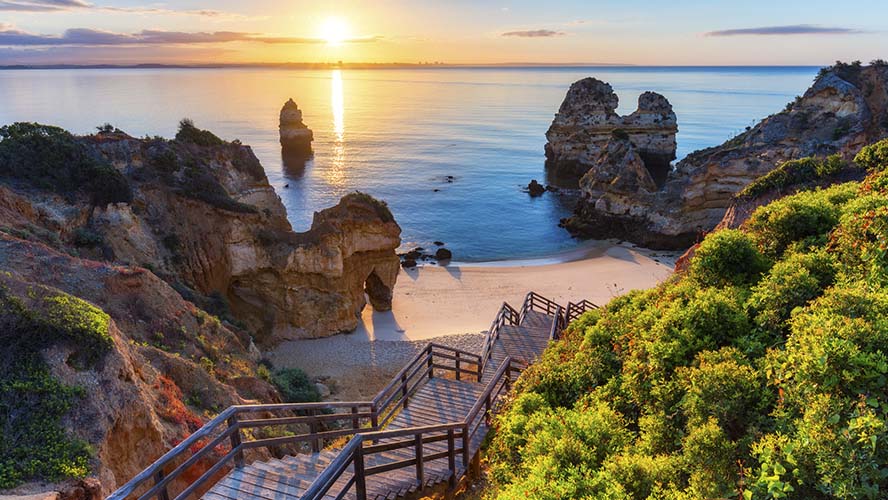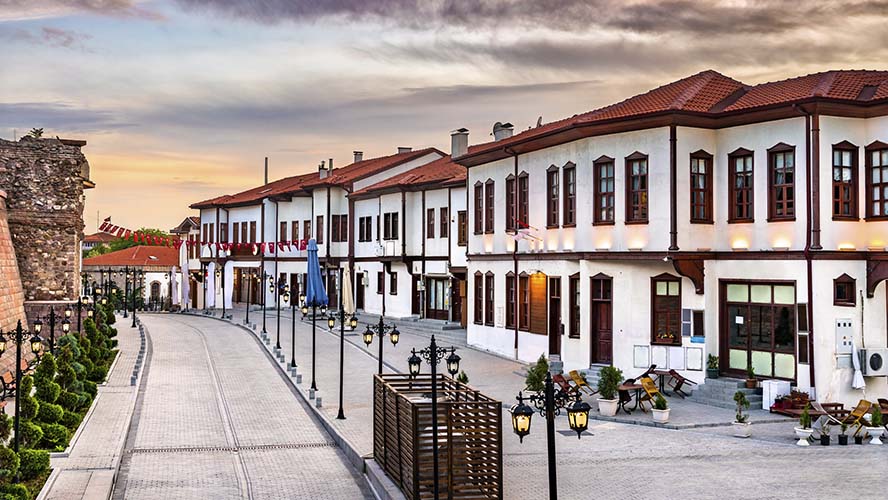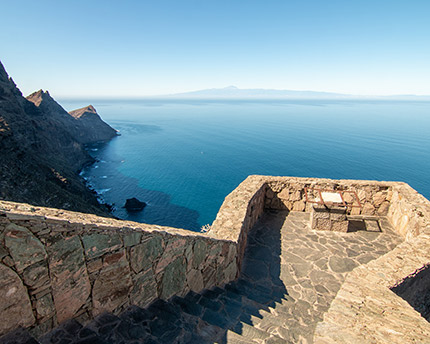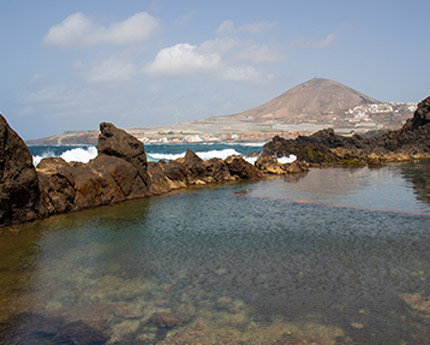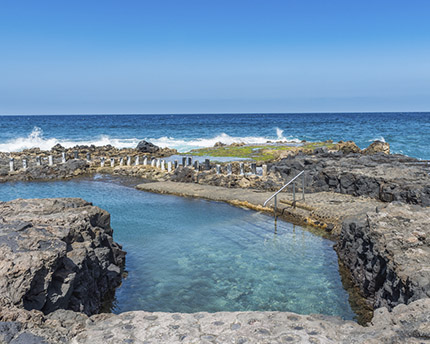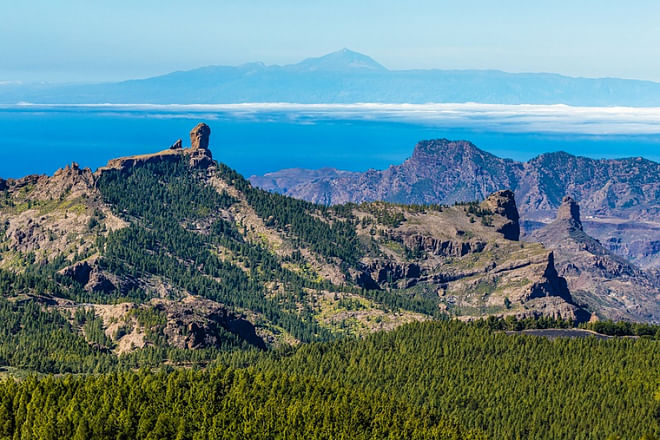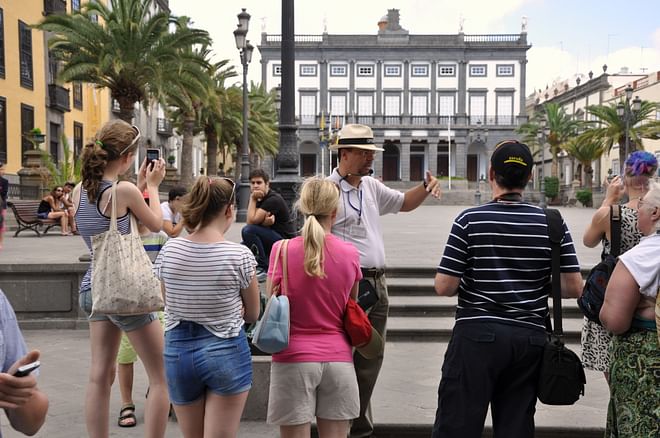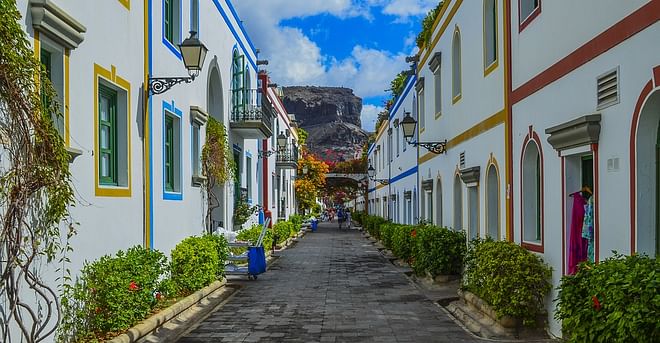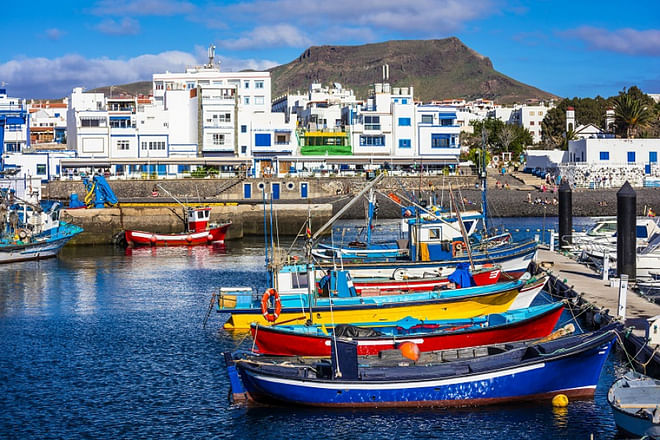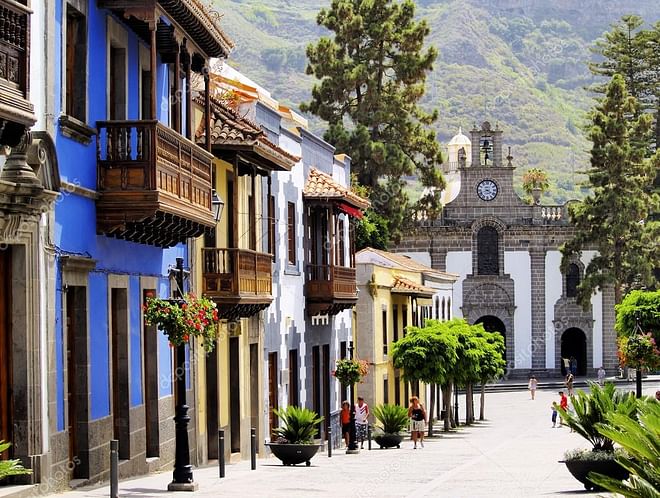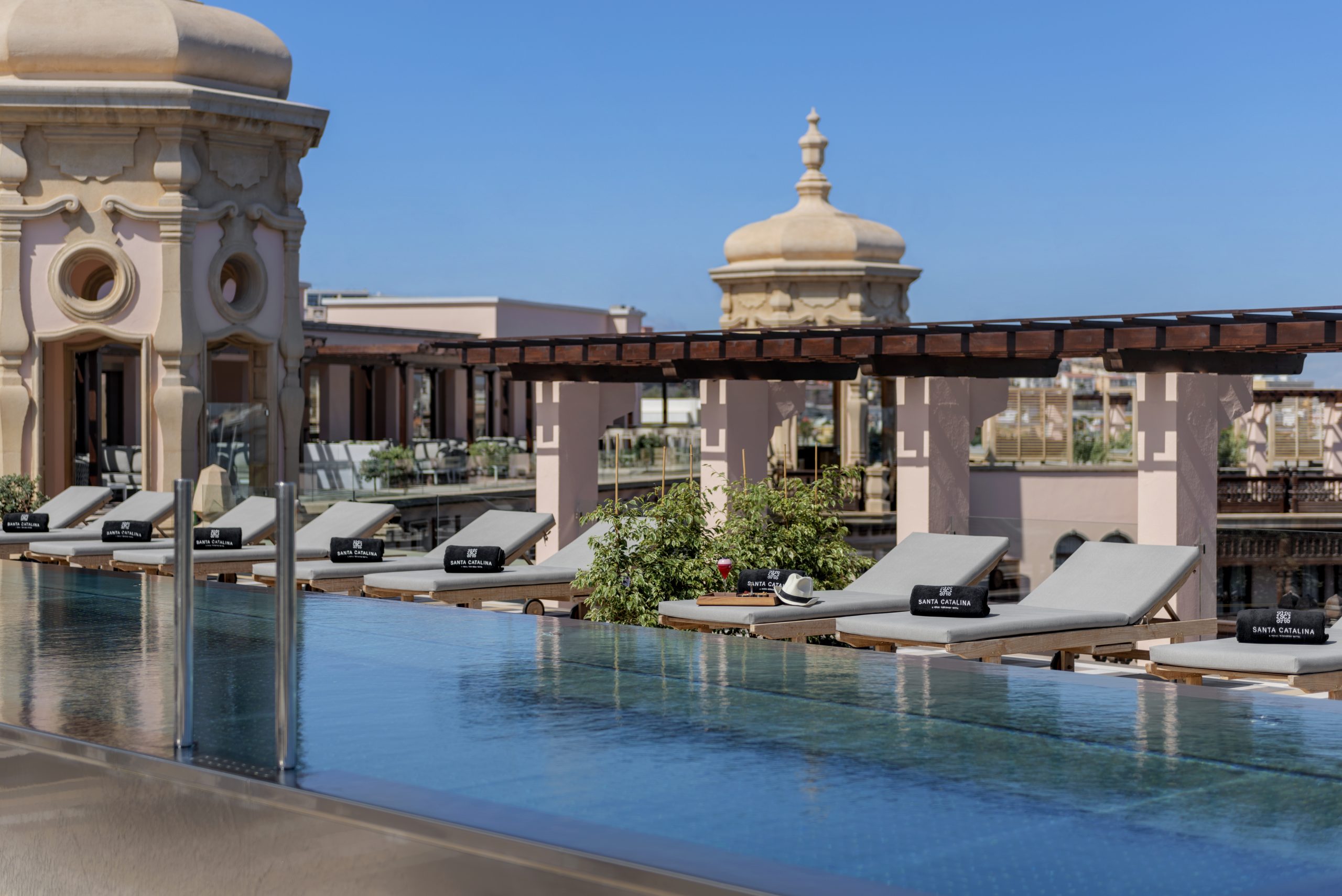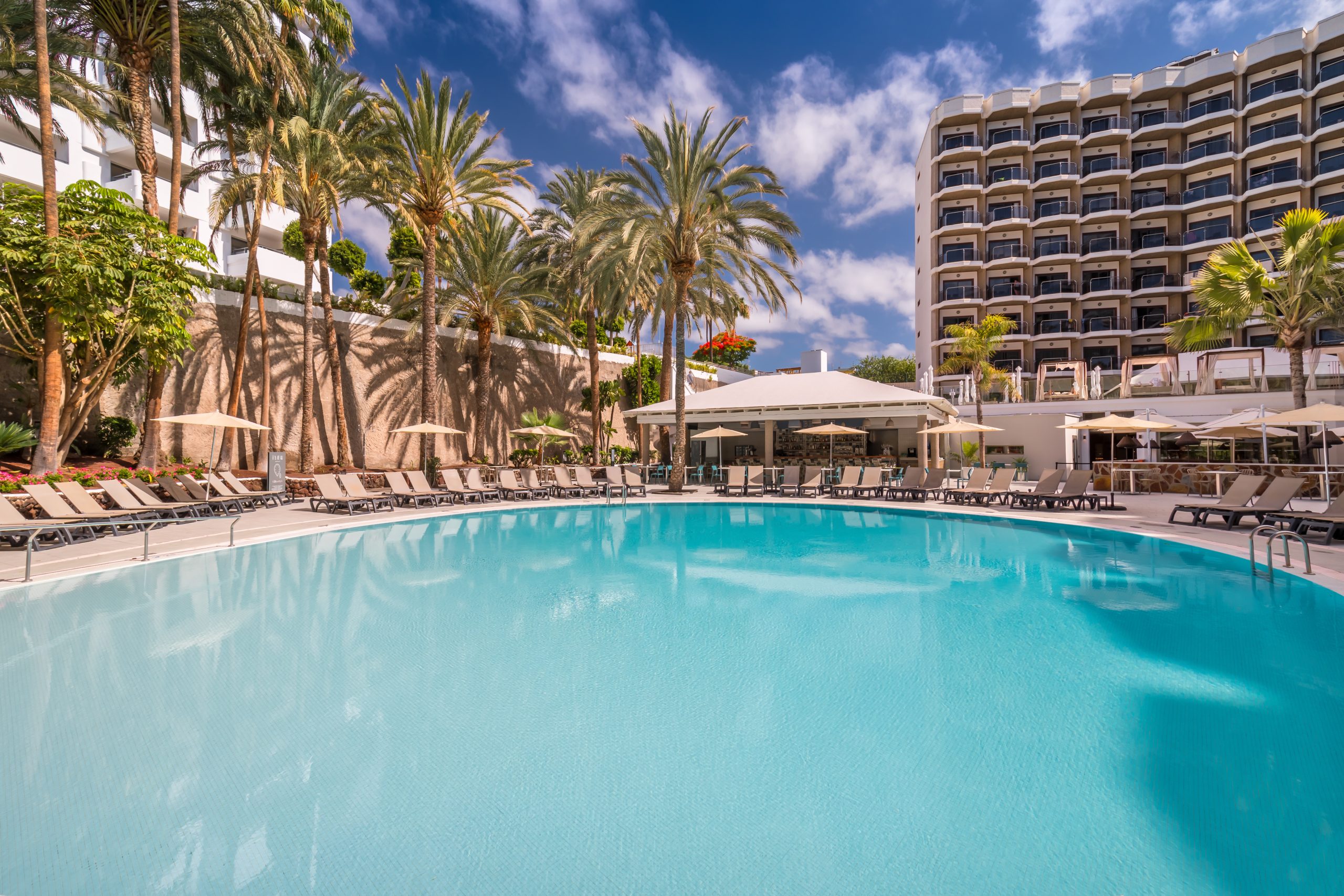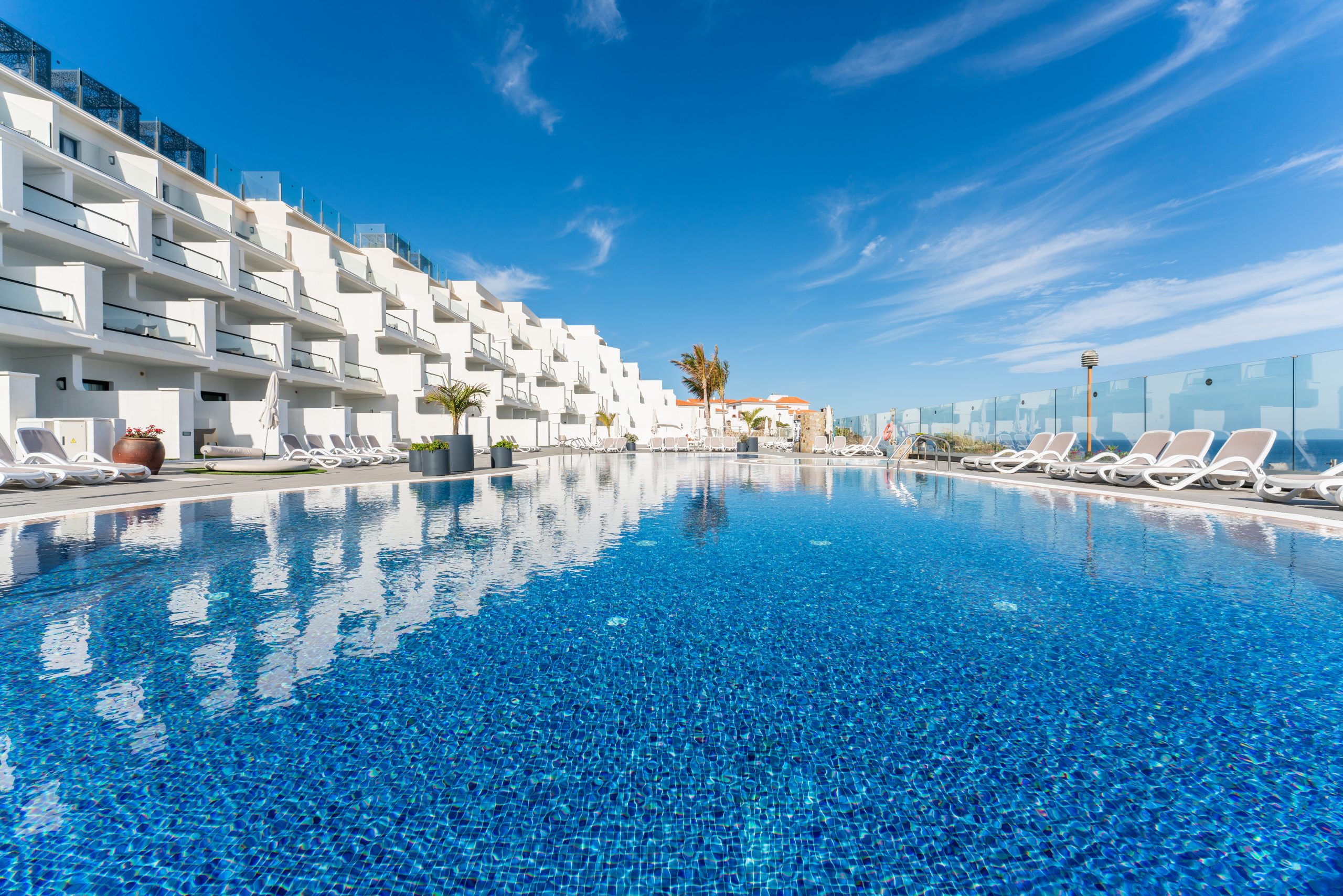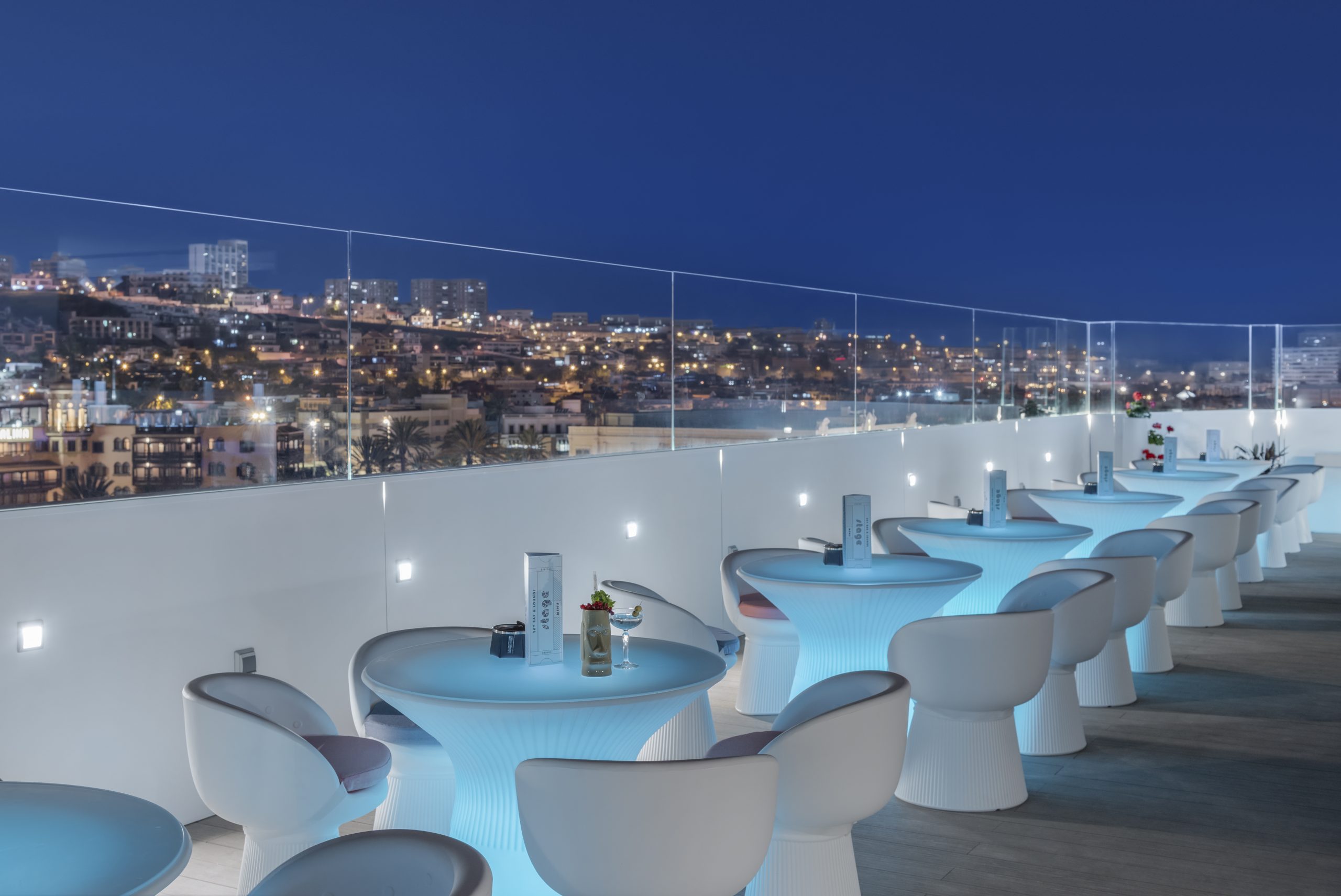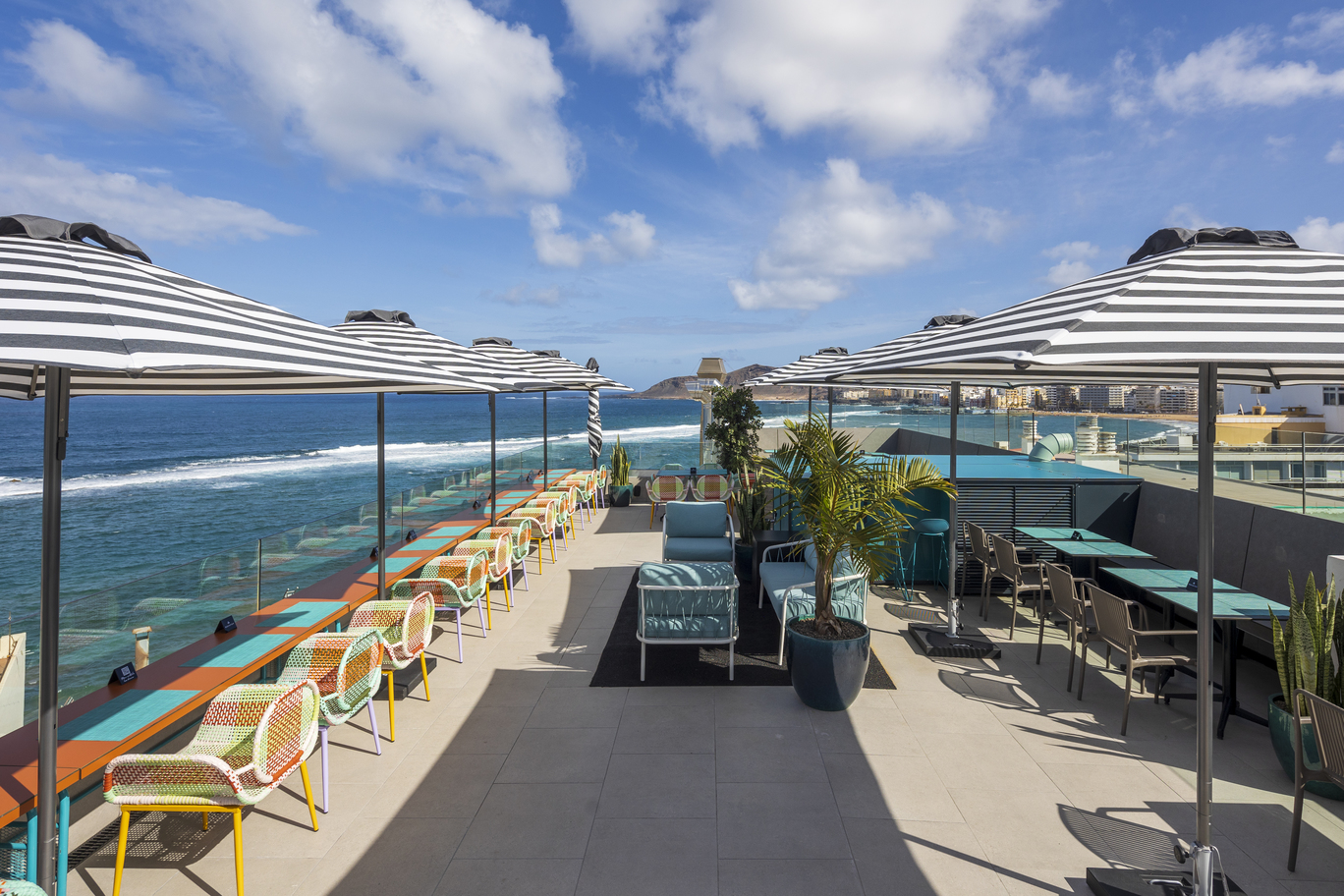Anyone who visits Las Palmas de Gran Canaria will be struck by how much life revolves around Playa de Las Canteras. There’s always time in the day for a visit to the beach, whether to swim, walk along its pretty avenue or stop in at one of its terrace cafes and restaurants. Playa de las Canteras offers a break from the hustle and bustle of daily life.
It’s a place for relaxation, contemplation and fun, and a great spot for a family day out. Some liken it to a theme part catering to all tastes. Whether you’re after sports, down time, good views, shops or other ways to spend your day, you’ll find something that’s up your street. Dig your feet into the sand, enjoy a beautiful sunset and let go as you feel time almost stand still. The extensive avenue running alongside the beach is an artery linking several places of interest, with fascinating buildings and pretty natural spaces that made for an enjoyable and enriching experience.
Las Canteras, Gran Canaria’s best urban beach
Las Canteras is considered one of the world’s best urban beaches, partly on account of its length (it stretches more than 3 km along the coast) and interesting profile. Though right next to a major city with a population of just over 400,000, the beach is incredibly clean, and year after year it’s awarded Blue Flag status by the European Union. The locals are fiercely proud of their beach and go to great pains to look after it.
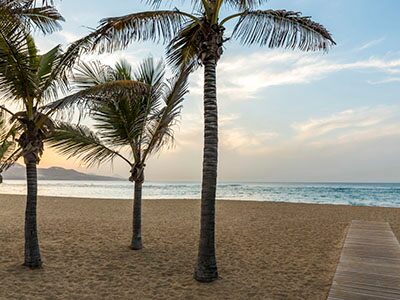
The name Las Canteras (Quarries, in English) is related to the beach’s characteristic natural barrier that protects it from Atlantic currents. The bar-like rock formation runs almost parallel to the beach and was formerly quarried for its stone. You can swim out to the rocks, or La Barra, from the beach. At low tide it looks like a reef, so much so that the beach used to be called Playa del Arrecife, or Reef Beach. The waters around La Barra are like a natural aquarium and are a popular diving spot.
The sand at Playa de las Canteras is mainly fine and golden with some darker patches. The beach is delimited at either extreme by the headland known as La Puntilla and the breakwaters called Los Muellitos. As you make your way along, you’ll notice three clearly defined areas created by the curves of the coastline.
Three zones and a surfer’s paradise
Regular beach-goers know exactly which part of Las Canteras they prefer. The northern zone is Playa de las Canteras proper, also known as Playa Grande. It spans 1,120 metres and is the most sheltered part of the beach thanks to La Barra and the hilly peninsula called La Isleta. La Puntilla is the endpoint and also where most of the sand accumulates.
The smaller central zone spans 760 metres and is called Playa Chica. This is the rockiest stretch of beach. It has its own small natural barrier called the Barra Amarilla, or Yellow Bar. The channel separating the two rock formations, called El Pasadizo, can be navigated by small boats. The waters here are home to another rock formation called the Peña de la Vieja, or Old Lady’s Rock.
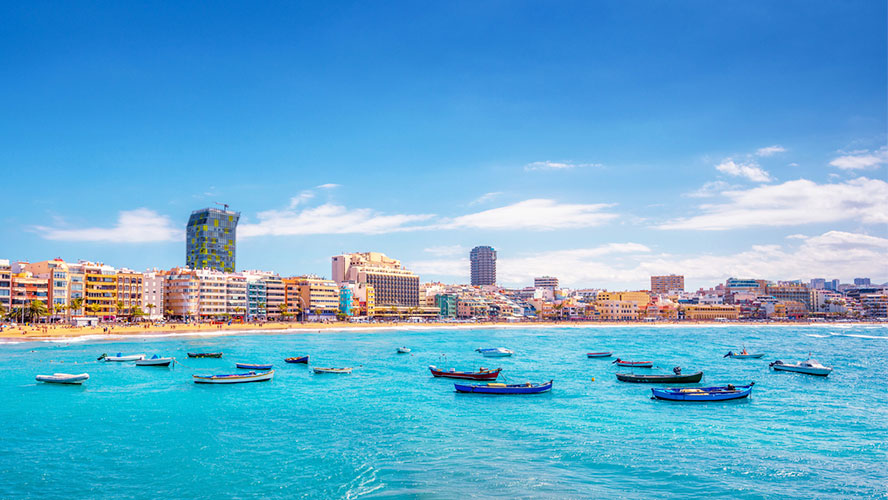
The southern zone of Las Canteras stretches 1,080 metres and is called Playa de la Cícer or Playa de Guanarteme. Without the protection afforded by the natural barrier at the other beaches, the waves here are stronger. It’s therefore a favoured spot among surfers, who first started catching waves here in 1970. It’s since earned the nickname The Hawaii of the Atlantic. You’ll also see surfers past La Puntilla off Playa del Confital. Landmarks in the southern zone include the rocky promontory called Punta Núñez and Los Muellitos – two breakwaters with a small pebble beach between them carrying the same name.
Las Canteras, ever-changing scenery in Las Palmas
Las Canteras is much more than a beach. It’s a landscape filled with contrasts, right in the city. The scenery and atmosphere along its 3-km stretch are ever-changing and it’s worth making time to walk all the way from one end to another, whether you prefer to stroll along the sand or the promenade.
Try starting at La Puntilla, close to the Mercado del Puerto, against the slopes of La Isleta. Many surprises await as you head in the direction of the Alfredo Kraus Auditorium and the surf haven of Playa de la Cícer. The pleasant climate makes for an enjoyable walk whatever the time of year, and the beach is so vast that you’ll always be able to find your own bit of peace and quiet. That said, if you’re a more active sort you’ll have your pick of water sports and other activities. Families in particular love this place.
Playa de las Canteras has plenty of terrace cafes and restaurants where you can hang out among the locals and sample the cuisine. However you choose to spend your time here, this is a beach that reflects the open and cosmopolitan personality of the city of Las Palmas.
What to see and do along Paseo de las Canteras
The long promenade called Paseo de las Canteras has plenty in store for visitors to the city. At the northern end is the Mercado del Puerto, an old 19th-century food market built in cast iron and now a great place for sampling tapas.
Make sure you have time to visit La Isleta and the National Artistic Heritage Monument called the Castillo de la Luz, or Fortress of Light. The monument dates back to the late 15th century and for a long time was the only such defensive point for Las Palmas and its port. Today, it houses the Martín Chirino Foundation for Art and Thought, a cultural space named after a local abstract sculptor and which guards part of his legacy.
At the southern end of the beach is the Alfredo Kraus Auditorium named after the famous tenor from Gran Canaria. Music aficionados shouldn’t pass by the opportunity to visit. The fortress-like building was the work of the architect Óscar Tusquets and it stands like a watchtower overlooking Playa de las Canteras, adding yet more character to the area.





























